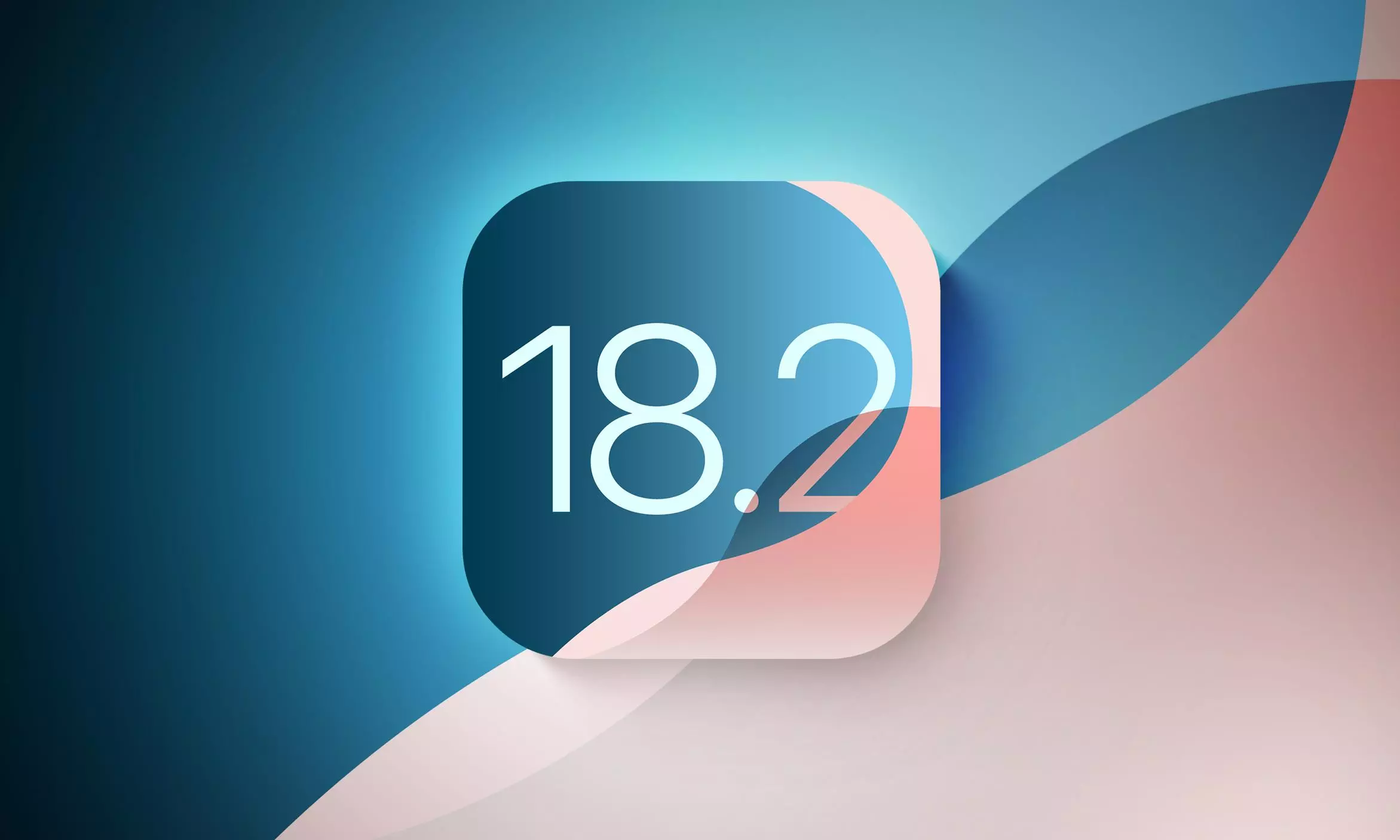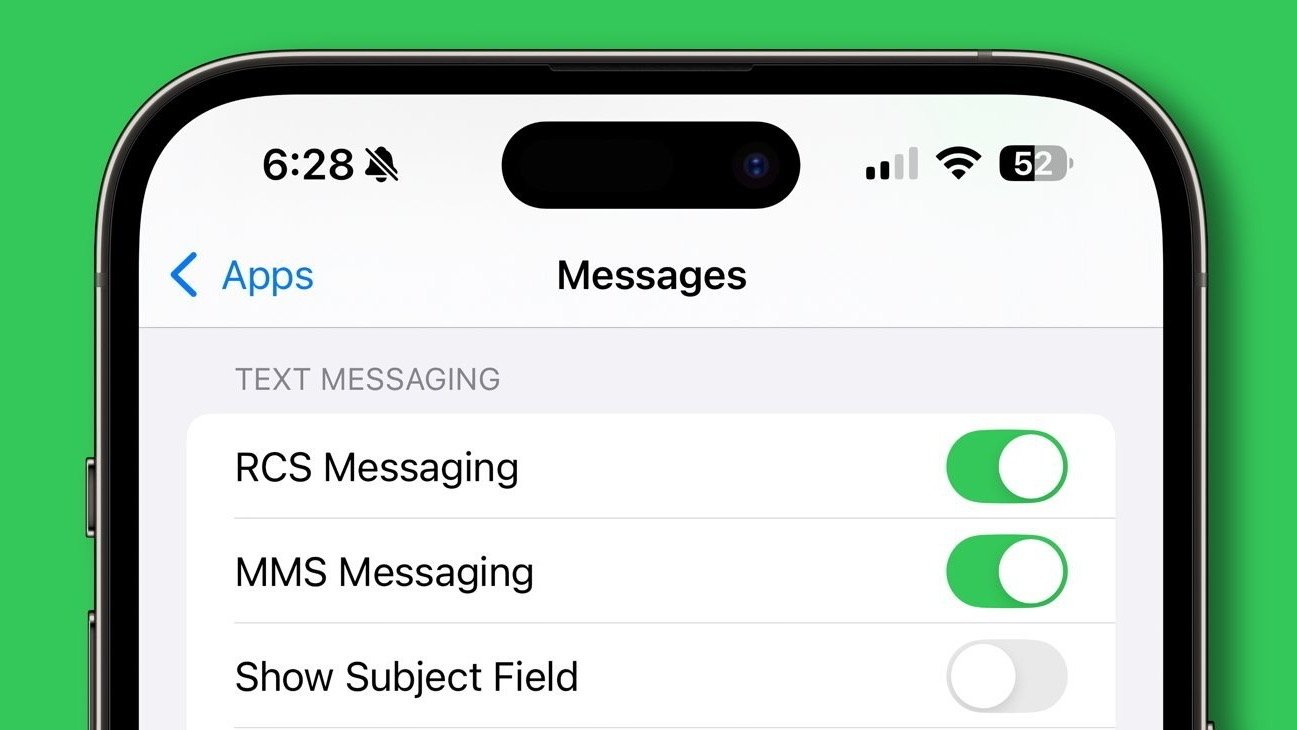The mobile tech world is always buzzing with anticipation for the next software updates, and Apple’s iOS ecosystem is no exception. With whispers of iOS 18.2.1, 18.3, and 18.4 circulating, it’s time to delve into what we can expect from these forthcoming releases. While some updates promise incremental improvements and bug fixes, others hint at more substantial changes, particularly in the realm of Apple Intelligence and Siri’s capabilities. Let’s explore each version in detail.
iOS 18.2.1: A Focus on Stability
Often, the unsung heroes of software updates are the minor releases that focus on behind-the-scenes improvements. iOS 18.2.1 falls into this category. Likely carrying build number 22C161, this update is anticipated to address lingering bugs and patch security vulnerabilities.
While the specifics of these fixes remain undisclosed, their presence in analytics logs suggests an imminent release, potentially within the coming days or weeks. It’s important to note that updates of this nature typically bypass public beta testing, ensuring a swift and streamlined rollout to all users. This emphasizes Apple’s commitment to maintaining a stable and secure user experience.
iOS 18.3: Incremental Enhancements and Hints of Home Automation
Moving on to iOS 18.3, we find a slightly more feature-rich update, albeit one that remains largely focused on refinement. This version has been undergoing beta testing for developers and public testers since mid-December. One of the most intriguing potential additions is expanded home automation capabilities, specifically support for robot vacuums within the Home app.
While this functionality isn’t fully active in the current betas, code within the update suggests Apple is laying the groundwork for integration. Imagine controlling your robot vacuum’s power, and cleaning modes, and even initiating spot cleaning through Siri voice commands or within your existing Home app routines.
This would bring a new level of convenience to smart home management. Beyond this potential feature, iOS 18.3 appears to be a collection of minor tweaks, such as a subtle redesign of the Image Playground icon, and the usual assortment of bug fixes. Given the timing of its beta testing during the holiday season, when many engineers are on leave, it’s not surprising that this update leans towards incremental improvements. We can anticipate a public release for iOS 18.3 around late January or early February.
iOS 18.4: A Leap Forward in Apple Intelligence
Now, for the update that promises the most substantial changes: iOS 18.4. This release is expected to bring significant enhancements to Apple Intelligence, particularly concerning Siri’s functionality. Extensive internal testing suggests that iOS 18.4 will be a major update.
Specifically, on the iPhone 15 Pro models and all iPhone 16 models, Siri is poised to gain several new capabilities. These include on-screen awareness, allowing Siri to understand the context of what’s displayed on your screen; deeper per-app controls, providing more granular command options within specific applications; and an improved understanding of personal context, enabling Siri to better anticipate your needs based on past interactions and habits.
While these improvements are exciting, it’s worth noting that a fully conversational, ChatGPT-like version of Siri isn’t expected until iOS 19.4, projected for release in March or April of 2026. This suggests Apple is taking a phased approach to enhancing its AI assistant, focusing on incremental improvements before a more significant overhaul. Furthermore, Apple is working on expanding the language support for Apple Intelligence.
Over the next year, support for languages like Chinese, English (India), English (Singapore), French, German, Italian, Japanese, Korean, Portuguese, Spanish, and Vietnamese, among others, is expected. Some of these languages could be added as early as iOS 18.4. Based on information from Apple’s website, iOS 18.4 is likely to arrive around April.
Looking Ahead
These upcoming iOS updates offer a glimpse into Apple’s ongoing efforts to refine its mobile operating system. While iOS 18.2.1 and 18.3 focus on stability and incremental improvements, iOS 18.4 promises a more significant step forward, particularly in the realm of Apple Intelligence and Siri’s capabilities. As we move closer to the release dates, further details may emerge, but this overview provides a solid understanding of what to expect from these exciting updates.





